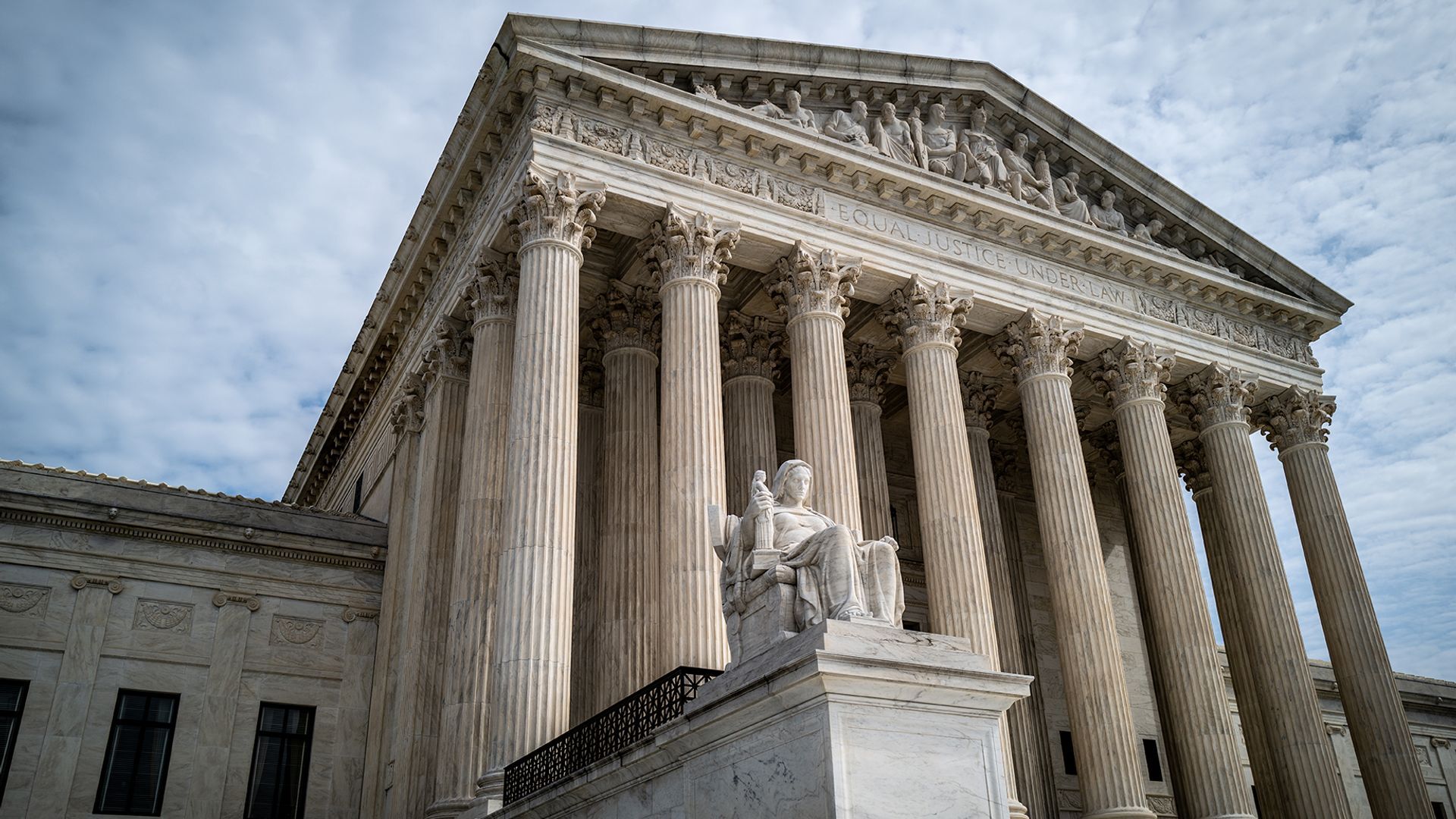
Ray Bogan: “The Supreme Court is making major decisions this year on student loans, affirmative action and election law. But in at least two cases USA v. Texas on immigration law and the Biden student loan forgiveness case, the justices aren’t only deciding who wins and who loses based on the merits, but whether the plaintiffs have standing to sue in the first place. So why is that considered and how? Joining us now to explain is Professor Carolyn Shapiro with the Chicago Kent College of Law Institute on the Supreme Court. Thanks so much for joining us again on SAN. Shapiro: “Thanks for having me.” Ray Bogan: “So here’s the big question. Why does the Supreme Court or any court for that matter make decisions on standing?” Shapiro: “So under the federal constitution, as it’s been interpreted? This, the courts the federal courts, can only decide what are known as cases and controversies. They can’t decide abstract questions. And there are a series of tests that are used to determine if something is a real case or controversy. It has to be some kind of live disagreement between the parties. It has to be something where a court ruling could alter the legal relationship between the parties, and the plaintiff has to have standing, which means the plaintiff has to show that whatever it is they’re suing over, has given rise to some kind of particularized injury to them. It can’t be simply, I don’t like what the government is doing. And I think it’s illegal. It has to be something about way that what what is happening not or the government, whoever the defendant is, it has to be something that has caused a more particularized injury to the individual plaintiff. And it’s very clear in, in the case law, a very long standing case law, that if there isn’t jurisdiction, which includes the standing requirement, then the federal courts simply cannot decide the case. So where there’s a real question about standing where it’s been raised, the court is obligated to make a determination about whether they’re standing or whether there’s jurisdiction and other respects before it can get to the merits. Ray Bogan: “So you kind of just touched on this a little bit. But is this In other words, just making sure that just anyone who’s unhappy with something, can’t just go ahead and file a lawsuit?” Shapiro: “That’s part of it. The court doesn’t want people to say, Well, I just don’t like the way my tax dollars are being spent. So I’m going to sue over this, or I think the government isn’t following its own rules or isn’t following the law. And even though it doesn’t affect me in any way, other than I just don’t like it. I’m going to sue over that. So yes, it has to be it. It is trying to prevent those kinds of, of lawsuits that are not that are somewhat abstract that and that anybody in the country could bring at any time.” Ray Bogan: “And as I mentioned in the in the Biden student loan case, in the USA v. Texas immigration case, the justices on the Supreme Court are considering this. Let me ask you, you have all people know how much it takes to get a case before the Supreme Court, you got to file the lawsuit, go through appeals, appeal to the Supreme Court to have them hear your case, it can take years, how does it How does it get that far for the justices to then come back and decide, You know what, it turns out, after all, that you weren’t allowed to file this lawsuit in the first place?” Shapiro: “Well, in these cases, standing has been raised in the lower courts. It’s not that it’s a surprise to anybody that that remains an issue. So it does occasionally happen that a case gets to the Supreme Court, and somebody says, Oh, hold on, wait a minute. There’s no standing or there’s no jurisdiction. But that’s relatively unusual. And it generally involves some kind of change circumstance from when the case was originally filed. In these cases, everybody knows that standing was going to be at issue from the beginning. Ray Bogan: “Professor Carolyn Shapiro with the Chicago Kent College of Law Institute on the Supreme Court, we thank you for joining us during this very busy time in this very busy decision season. Shapiro: “Thank you for having me.” Simone: “Thanks for watching. We know that Americans trusted media is near an all time low. That’s why straight our news is on a mission to bring you unbiased fact based reporting. It’s the way you should be. Join us that’s greater news.com”










